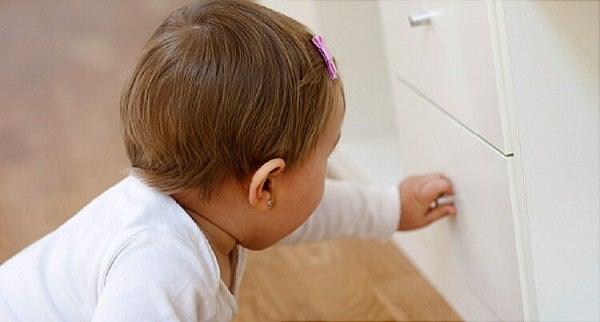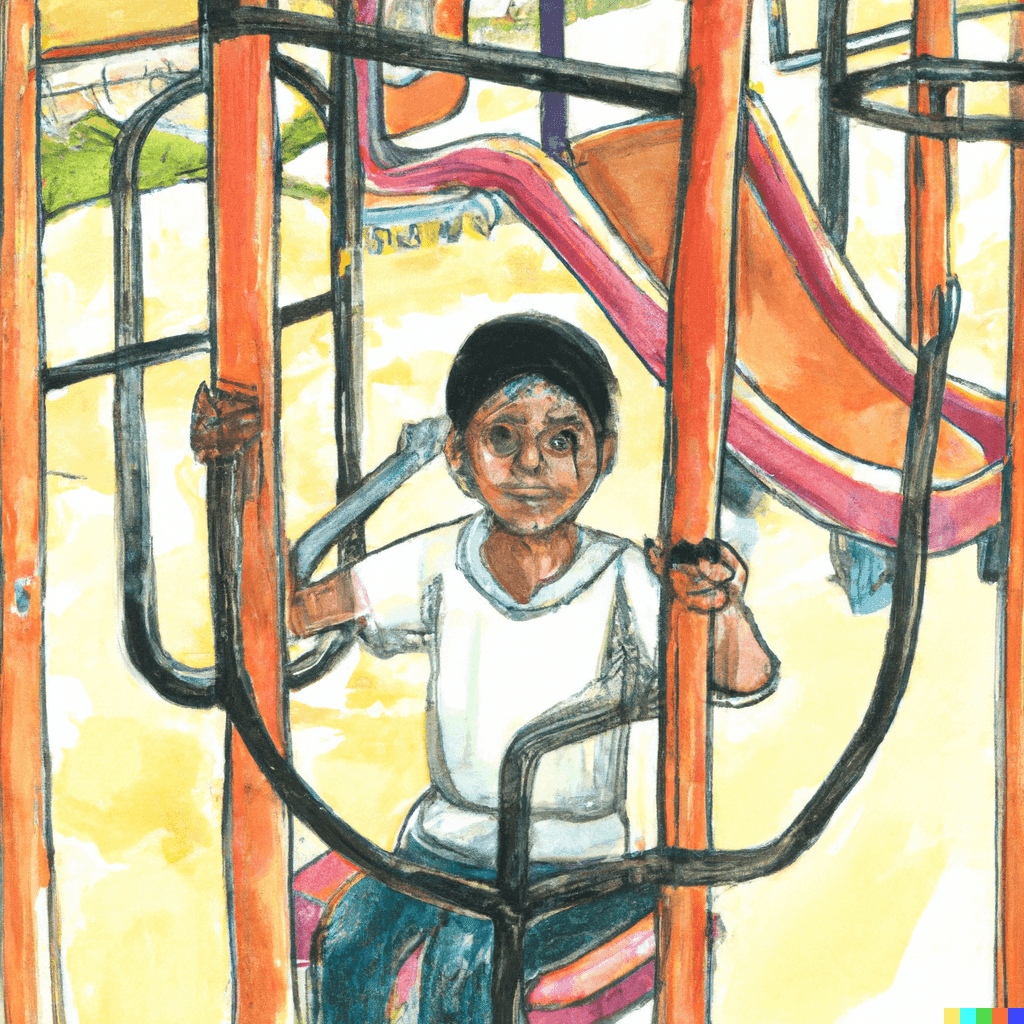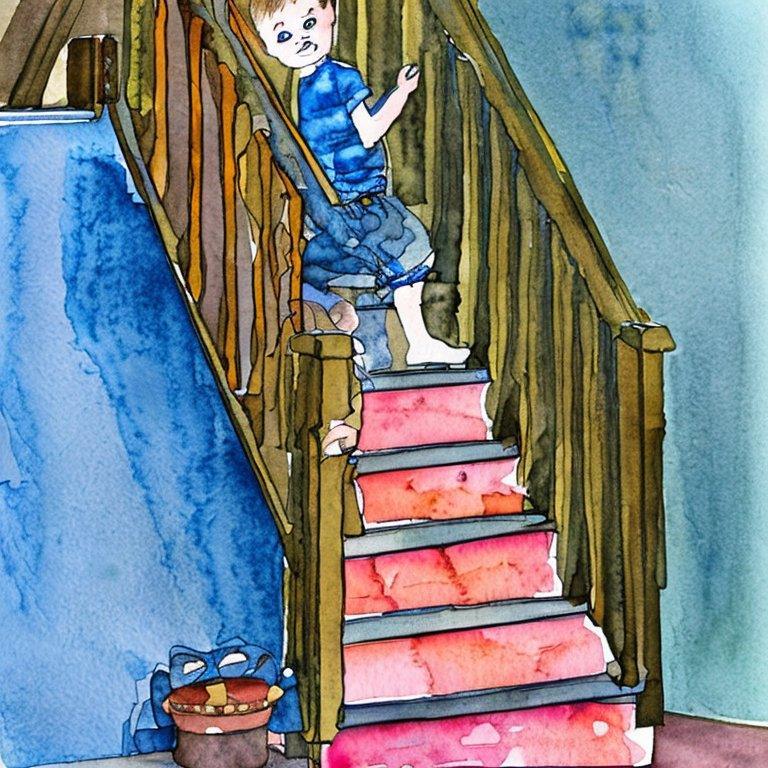Unintentional injury is one of the top killers of children in the U.S. Prevention can eliminate almost all of these injuries.
Take the proper safety measures and childproofing steps to keep your family safe at home.
The Kitchen & The Bathroom
- Install safety latches on cabinets and drawers to keep children from potentially poisonous household products.
- Store medicines and other products in their original containers.
- Install toilet locks to keep toilet lids closed. Children are more top-heavy than adults and can lean and fall into a toilet easily. They also can drown in just one inch of water.
- Install anti-scalding devices on faucets and shower heads to prevent burns. Also set the water heater thermostat to 120 degrees. It takes just three seconds for a child to sustain a third-degree burn from water at 140 degrees.
- Unplug hair dryers and electric rollers after use to prevent electrocution from contact with water in the bathroom. Also keep them away from curious children to prevent burns.
- Cover unused electrical outlets with outlet protectors or safety caps. Make sure outlets in the bathroom and kitchen -- or near any water source -- are updated with ground fault circuit interrupters (GFCIs), which turn off electricity if appliances fall into water. For outlets in use, especially those low to the ground, there are devices which make it difficult to pull out plugs.
Around the House
- Use safety gates at the top and bottom of stairs and in the doorways of rooms with hazards. Gates with expanding pressure bars should not be used for the top of staircases. Use gates hardware-mounted to the door frame instead.
- Use doorknob covers to keep children away from rooms and other areas with hazards, such as swimming pools. Be careful, though, that these devices are easy for adults to use in case of emergency.
- Put corner and edge bumpers on furniture and other items like a fireplace hearth to protect against injury.
- Place furniture away from high windows so children won't climb onto windowsills. Screens aren't strong enough to keep children from falling through windows.
- Make sure window blinds do not have looped cords -- they can be strangulation hazards for children. Blinds, shades, and draperies purchased before 2001 should be repaired or replaced. Also, always lock blinds into position whether they are all the way up or down.
- Remove free-falling lids from toy chests, which should have lids that stays open or very light, removable ones.
- Prevent furniture from tipping by securing bookcases, shelving, and heavy furniture to walls with brackets and anchors. When storing items, put heavier items on bottom shelves and in bottom drawers.
- For more information about protecting your child at home, see these other sections in our Prescription for a Healthy Home guide:
Remember that childproofing your home can never be 100% effective against injury. Supervise your children at all times.
Source: https://www.webmd.com/parenting/guide/childproof-home#1









